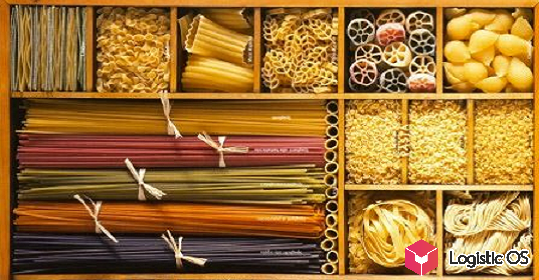Siberian exporters report a critical shortage of grain carriers.
According to the estimates of Novosibirsk Food Corporation, as of November alone there is a shortage of 1000 wagons.
As a result, producers and suppliers of wheat found themselves in difficult conditions: there is a lot of grain, prices are high, and they cannot export it.
Now there is a massive workload in the southern ports, where exporters also have to face long delays.
The Siberian Federal District specializes in grain export to Asian countries: China, Mongolia, Pakistan, India.
According to analysts, in the current season the cost of grains and oilseeds in these countries increased by one and a half times compared to spring, and if compared with August of this year — by 35-40%.
Exporters are in a hurry to export grain for many reasons: a high dollar rate, and a good price.
Well, the most important thing is the desire to export as many products as possible before the restrictions come into force (February 15, 2021).
This season, the traffic flow from Siberia towards the Asian region has grown by about 30%.
Work began in new directions: the Philippines and Indonesia.
Problems with grain carriers in the region periodically arise.
This is due to the fact that this type of transportation is especially actively used in the western part of Russia, where the run length is much shorter than in Siberia.
And it is important that grain carriers are a very specific type of transport.
The period of its massive demand is autumn and winter.
Therefore, carriers rarely invest in its purchase.
To get out of such situations, they try to use an alternative mode of transport: containers or open wagons, into which liner bags and flexi-tanks are inserted.
But not everything is so simple: Chinese importers, for example, require that the products supplied to them be packed only in liner-bags certified by them, and special conditions are required for accepting gondola cars.
Despite all the difficulties, according to the Minister of Agriculture of the Novosibirsk Region, 572 thousand tons of grain have been shipped, which exceeds last year’s figures by 60% in terms of volume, and by 48% in price.
By November 13, the region fulfilled the export figures by 144%.

The problem of a shortage of wagons arises from year to year and in many regions, especially where replacement of such a method of transportation is either impossible, due to the geographical location of suppliers and consumers, or has a significant impact on the change in delivery time and cost.
After the hard-to-complete shipment of the 2017 record harvest, manufacturers and exporters have repeatedly approached ministries and departments with a settlement issue, in particular, the write-off of the car fleet and the simultaneous filling of new equipment (for 2019-2020, it was planned to write off almost a quarter of the rolling stock).

